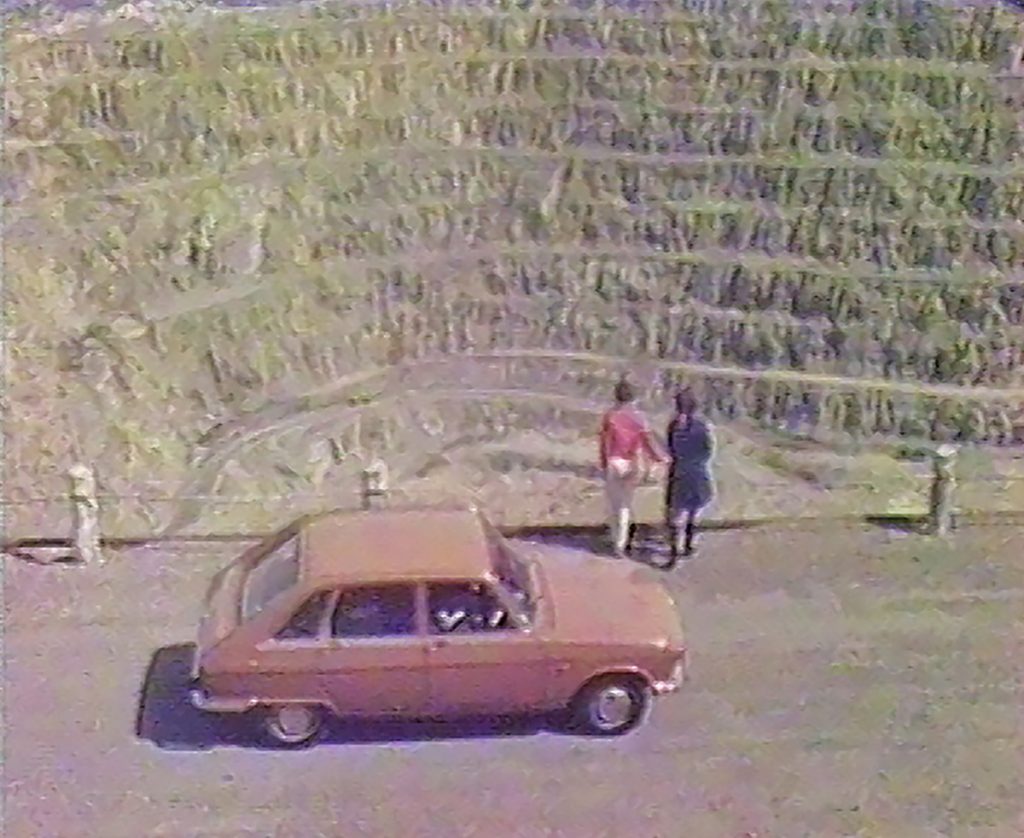The 1970s was a pivotal time for Australian cinema and for the nation’s environmental movement. The successful battle to save the Franklin River from hydro development has been well chronicled, as has the revival of the feature film industry. Offering new insights into environmental history and an unwritten dimension of the nation’s audio-visual heritage, this case study examines the films that supported the Franklin campaign. Placing government sponsored film and early campaign film in dialogue, it reveals how a changing idea about the environment emerged in sound and image, one that questioned the depictions of resource extraction that were widespread in the mid-20th century.

At the outset of the 1970s in Australia there were two unrelated spheres of activism underway. Environmental activism was finding new momentum after declining in the post-war period and, at the same time, lobbying for government support for a national film industry was soon to spur the Australian film renaissance. Much is now known about how, in the 1970s, a new culture of narrative feature film, exemplified by Picnic at Hanging Rock (Peter Weir, 1976), looked to the Australian bush and the outback as it formulated a distinctive national cinema. While this cinema tied national identity to the landscape, filmmakers and activists interested in documentary turned to the natural world in a different way, politicising images and contesting uses of the environment that had come before.
As one of the most consequential environmental campaigns in the nation’s history, the successful battle to save the Franklin River has been well documented. There has, however, been no acknowledgement that a single film, The Last Wild River (1977), initiated the campaign, with subsequent films following in its path to help sustain the campaign. These films occupy a special place in histories of Australian film because they played a pivotal role at a crucial time in Australia’s film history and environmental history.
Promoting Natural Resources: As the most prevalent genre of post-war film production in Australia until the 1970s, documentary assisted in the ongoing normalisation of the natural world as a “resource” available for extraction. Film frequently expressed the materiality of the continent in ways that not only supported, but also celebrated, the seemingly limitless capacity of the continent to be reshaped to enhance economic growth. Nevertheless, it did so in ways that were diverse in theme and style. Tasmania’s Road West (Rodney Musch, 1970) is an example of such filmmaking. Produced by the Tasmanian Department of Film Production, it is a short travelogue that promotes industry and tourism in Western Tasmania. It offers an example of the values and practices that the films of the Franklin campaign had to contest.


The importance of the Franklin campaign and what it achieved, moreover, has been underscored by the 2022 release of a feature length documentary, Franklin (Kasimir Burgess, 2022), that draws on footage from many of the films made at the time to highlight the national impact of these events.
Smaill, Belinda. “From Extraction to Wilderness: Australian Film History, Environmental History, and The Last Wild River.” Journal of Cinema and Media Studies (forthcoming 2024).
Smaill, Belinda. “The Past Flows into the Future: Kasimir Burgess’ Franklin.” Metro Magazine. 214 (2022). https://metromagazine.com.au/the-past-flows-into-the-future/
Franklin River Journey (1980)
